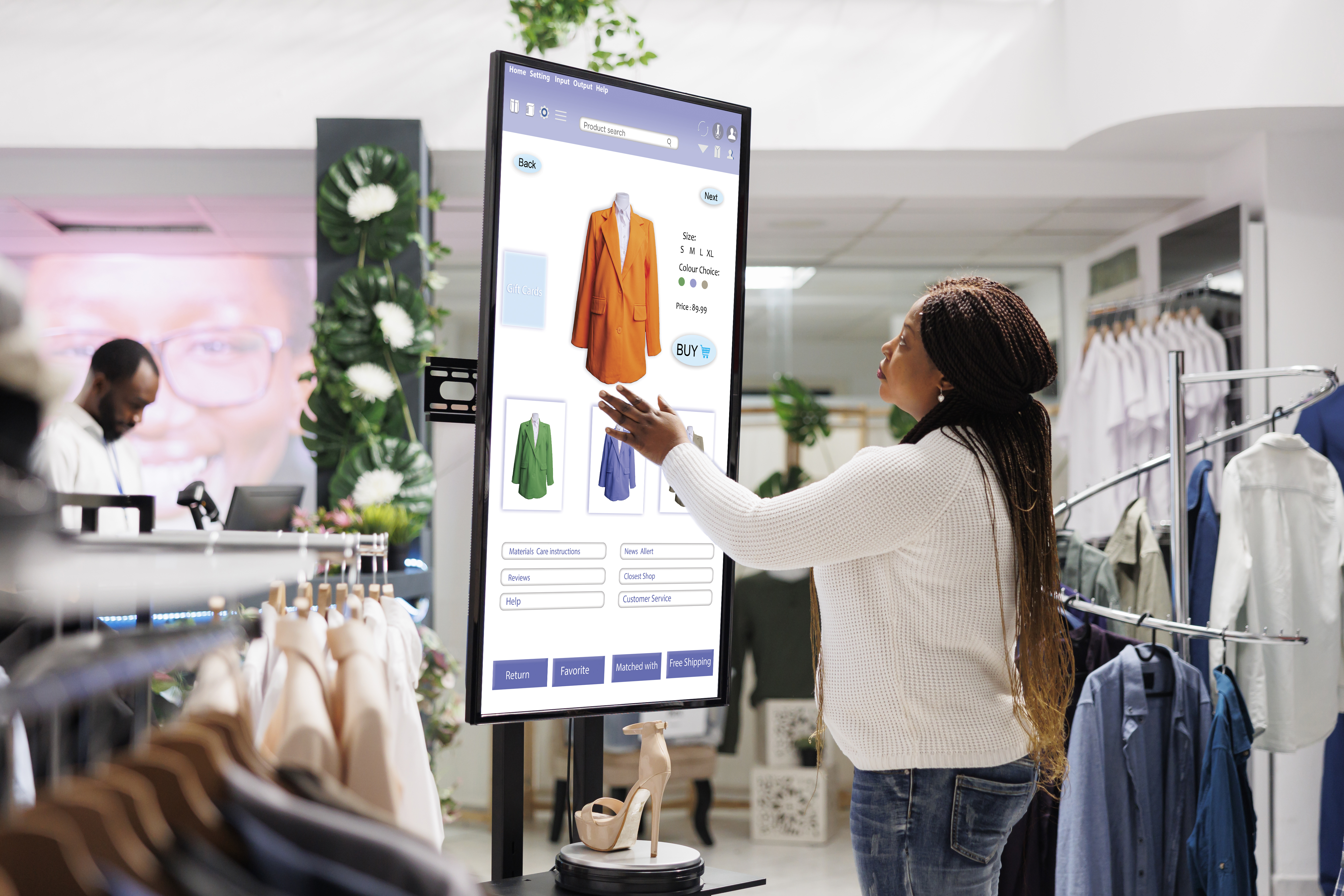Why Visual Merchandising Solutions Are the Secret to Driving In-Store Sales?

Strong 8k brings an ultra-HD IPTV experience to your living room and your pocket.
Walk into any successful retail store, and you’ll notice that nothing is accidental. Every element, from product placement and lighting to signage and aisle flow, is carefully planned. These choices influence how shoppers move through a store and what they ultimately purchase. This is the essence of visual merchandising solutions. They are not just about making a store look good. They are a strategic approach to driving in-store sales by enhancing the overall customer experience.
First Impressions Shape Decisions
Shoppers form opinions in seconds. Visual cues, such as color schemes, lighting, and product arrangement, trigger immediate emotional and behavioral responses. A clutter-free layout with attractive displays draws customers in and encourages them to browse longer.
Stores that feel inviting naturally see more engagement. When people enjoy the environment, they are more likely to explore additional sections and discover products they hadn’t planned to buy.
Visual Storytelling that Drives Action
Today’s shoppers are not just buying products. They are buying into ideas, lifestyles, and experiences. That is why visual storytelling is essential. Themed displays, such as holiday specials or wellness sections, help customers relate emotionally to the products.
These storytelling setups also simplify decision-making. A table displaying travel gear, including luggage, neck pillows, and travel-size toiletries, shows the shopper how the products work together. This form of visual merchandising solutions can boost both intent and confidence to purchase.
Supporting Cross-Sells and Impulse Purchases
Smart merchandising does more than show off individual products. It creates opportunities for customers to buy more than they initially intended. Placing complementary items together, like shoes near socks or coffee next to mugs, triggers impulse buys.
End-of-aisle displays and checkout counters are especially useful here. These areas get high visibility and are ideal for showcasing small add-ons. Customers often respond positively to these subtle prompts when they are already in a buying mindset.
Design that Increases Dwell Time
The longer customers stay in a store, the more likely they are to make a purchase. Visual elements play a significant role in encouraging dwell time. Clean layouts, clear signage, ambient lighting, and interactive product displays all contribute to a positive shopping experience.
Tactile displays where customers can try, touch, or test a product are particularly effective. Whether it’s testing a skincare product or sitting on a sofa in a showroom, physical engagement builds trust and supports purchasing decisions.
Blending Physical and Digital Shopping
As online and offline experiences merge, customers expect retail stores to offer more than just products. They expect information, convenience, and consistency. One way to bridge this gap is by utilizing visual merchandising tools such as QR codes, digital screens, or interactive displays.
A shelf with a scannable QR code that links to reviews or tutorial videos can provide added value and build trust. It allows customers to explore the product thoroughly before making a purchase, just as they would online.
Using Data to Guide Display Decisions
Effective visual merchandising goes beyond just creating attractive displays; it’s guided by data. Today, retailers utilize tools such as footfall counters, heat maps, and point-of-sale analytics to gain insights into customer movement patterns and identify which displays generate the most interest.
This insight enables brands to continually refine layouts, replace underperforming displays, and test new ideas. The goal is to maximize the effectiveness of every square foot of space.
Staying Fresh and Relevant
Static layouts get stale fast. Modern stores must be agile and ready to update displays to match seasons, trends, or local events. Flexible visual strategies allow for quick turnarounds.
For instance, a clothing retailer can update mannequins every week to reflect changing weather conditions or introduce a new collection. A supermarket can feature locally sourced items during festivals or regional events. These updates keep the store environment exciting and in sync with customer expectations.
Staff are Part of the Strategy
Your team plays a crucial role in the visual merchandising experience. Employees should understand the reasons behind each display. That way, they can guide customers and reinforce product messaging.
When staff understand why certain items are featured or bundled together, they can provide more effective service. For instance, if a new product line is being promoted through a themed display, staff can use that setup to start meaningful conversations with shoppers.
Training and communication between your visual and sales teams ensure consistency and maximize the impact of merchandising efforts.
Conclusion
Retail is not just about having the right products; it's also about having the right people. It is about presenting them in a way that captures attention, builds confidence, and encourages purchases. With the right visual strategy, retailers can influence how customers move, what they see, and ultimately, what they buy.
In a world where consumers constantly compare online and in-store options, effective in-store presentation offers a significant advantage. It turns the physical store into an experience that is memorable, informative, and persuasive. For brands that want to stay ahead, investing in strong visual planning is not optional. It is essential.
Note: IndiBlogHub features both user-submitted and editorial content. We do not verify third-party contributions. Read our Disclaimer and Privacy Policyfor details.







